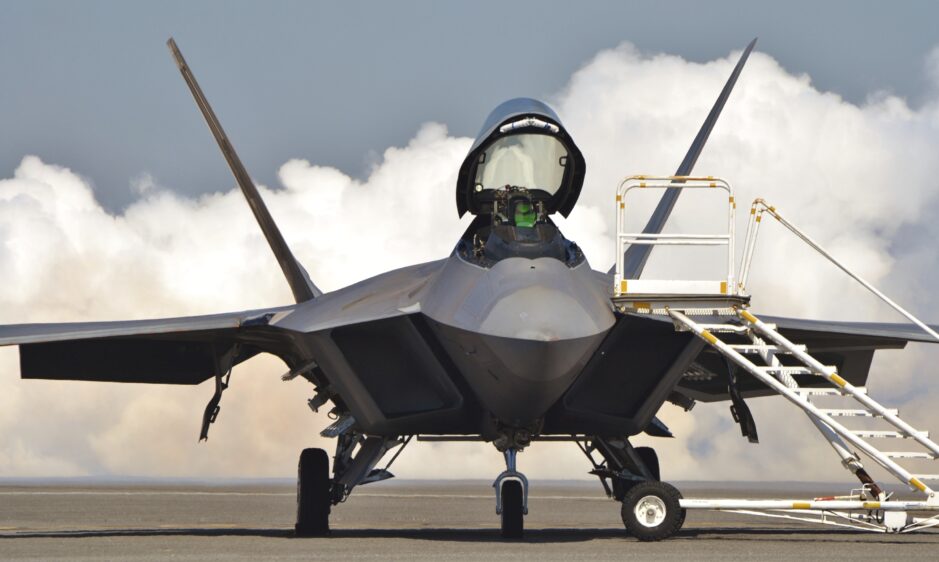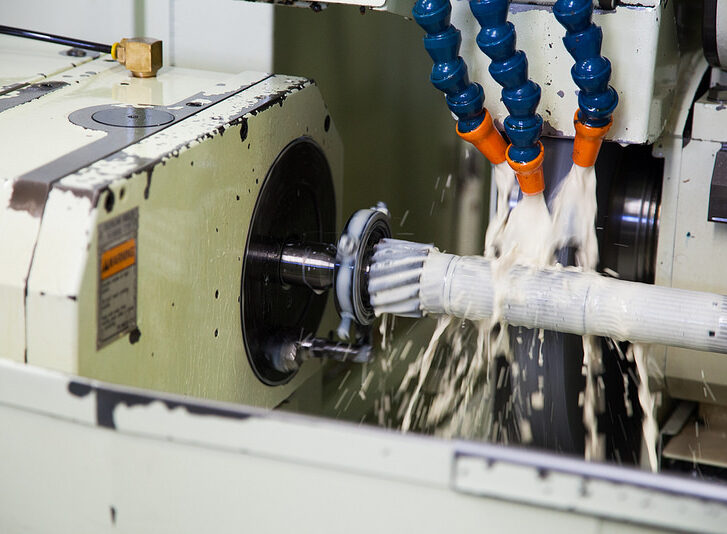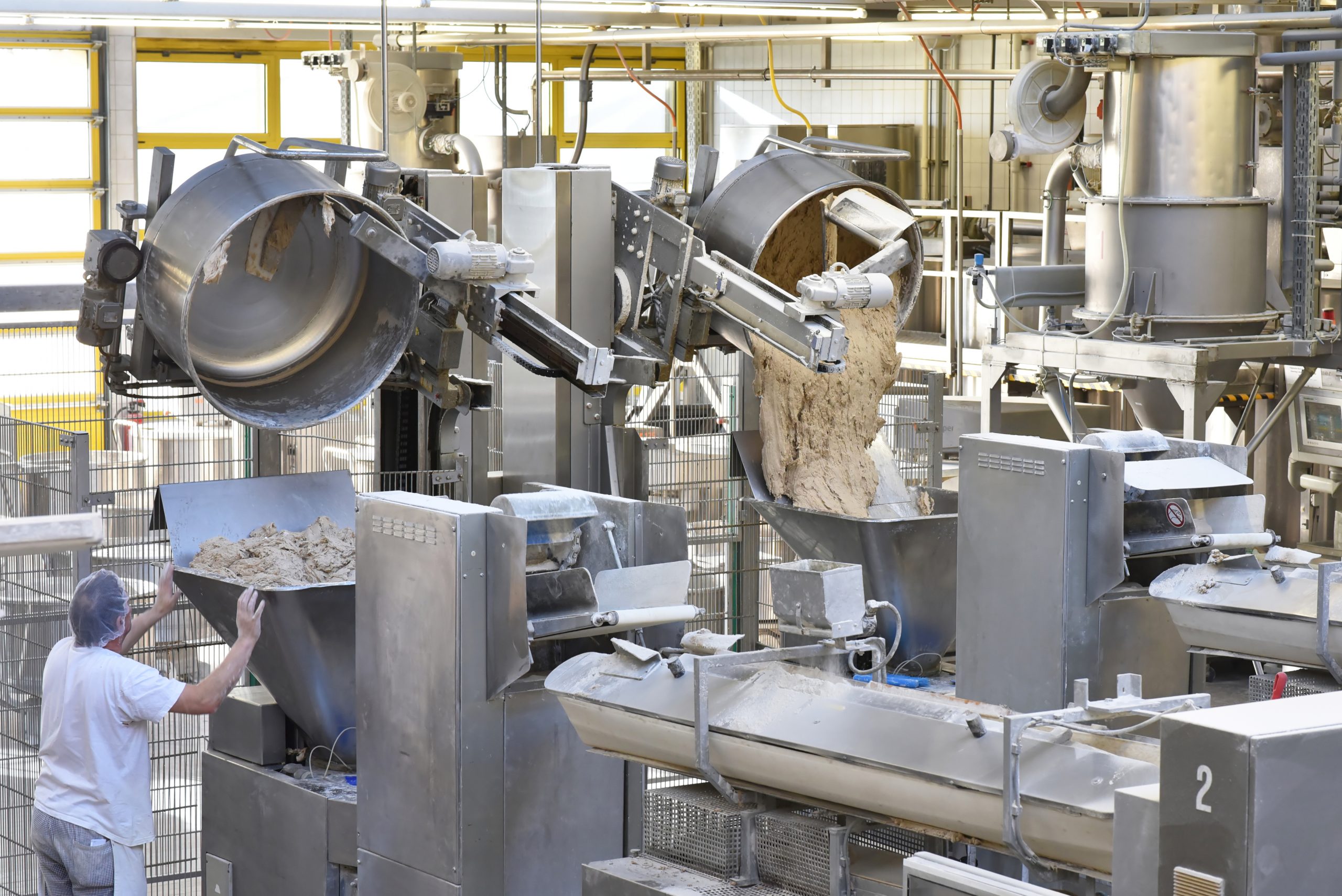Actionable Cost Accounting Know-How
How to Compute Earned Hours for Standard Costing Plan
For standard costing purposes, having an accurate method of estimating, recording, and reporting on earned hours is crucial for the manufacturing cost management system. This method is used to determine direct labor head and overhead absorption rates. Once these metrics are established, comparing planned earned hours vs. actual hours will provide the basis for computing direct labor and overhead absorption variances, offering insight into manufacturing efficiencies.
The process of determining your earned hour forecast begins with a revenue plan/forecast for some level of products. This doesn’t have to be at a unit level but should be applied to summary levels of your product hierarchy where products share some similarity. Working with your operations team, you should now be able to create a build plan. By utilizing either historical or engineered estimates, you can then apply those factors to the build plan to develop an earned hour plan. Learn more from this article.


How to Compute Overhead Rate for Standard Costing & Utilize Variances
Many businesses have failed due to inappropriate accounting for overhead costs in their pricing strategies. Don’t let that happen to your business. In a manufacturing environment, appropriately accounting for overhead costs begins with identifying overhead pools and establishing a reasonable monthly expense budget. An overhead pool may consist of one cost center or a consolidation of many cost centers. However, the overhead pool needs to be segregated from Operating Expenses, which include Sales, Marketing, R&D, Distribution, Administration, which all belong below gross profit on a P&L.
The overhead pool should encompass all the costs associated with producing and delivering products that can’t be identified with a specific product or cost objective. This includes things such as utilities, supplies, rent, depreciation, shop floor supervisors, packaging, etc. Once you have the overhead pool identified and its costs determined, you just need to use the earned hour plan for the work center and divide the total overhead pool expense by the total earned hours to derive the overhead rate. The article also delves into how to segment monthly variances into spending and absorption components to generate insights into the factors causing production variances.
How to Create Direct Labor Rates For Costing
If you want to learn how to compute and utilize direct labor rates, then you have come to the right place! In this Cost Accounting Tutorial, we will take you through the necessary steps required to establish accurate direct labor rates for your business based on the wage rates for your direct labor employees. Note that direct labor employees are the ones who are actually touching the product or are intimately involved in the production of an actual product.
We will show you how to include many typical payroll-related expenses in your direct rate, such as matching FICA and 401K expenses, health benefits, along with others, and vacation, holiday, and PTO estimates. We will also provide an example of what to do with your actual labor rates once you have some results coming through your ERP system, including calculating rate and efficiency variances. All very useful for creating your standard costing factors. Check it out.


How to Create a Profit & Loss For a Manufacturing Business
Understanding cost accounting fundamentals is imperative for manufacturing financial reporting, especially as it relates to the Profit & Loss Statement. In this next Cost Accounting Tutorial, we will take you through the key components included in a manufacturing P&L and how those components are calculated. This includes computing a cost of goods plan, manufacturing variances (labor, overhead, direct material), scrap/yield plans, and more.
To pull together the necessary information, you will need to have established projections for earned hours, direct labor rates, and overhead rates, which are then integrated into your revenue plan. If you would like to be the cost accounting maven of your organization, this is a good place to start.
Ignite Profitability By Adding Labor and Overhead to QuickBooks BOMs
Given that we work closely with midsize manufacturers, we see our share of businesses that utilize QuickBooks for both manufacturing and distribution. Though we frequently see businesses attempting to use QuickBooks as an ERP system, typically those businesses are not utilizing most of its available capabilities. One major area of weakness is around costing, including establishing direct labor rates and overhead rates that can be applied to product costs. By applying these cost factors, businesses can set more accurate product costs, allowing them to make more accurate and meaningful pricing decisions.
In this Cost Accounting for QuickBooks Tutorial, we will walk you through the steps required to establish labor and overhead rates in your BOMs and then apply those rates to product costings. We also explain what to do with the production results at month-end to determine whether your assumptions regarding production volume, overhead spending, and direct labor costs are accurate or need to be revised accordingly. This is all very valuable knowledge for any business that is producing products using QuickBooks.

